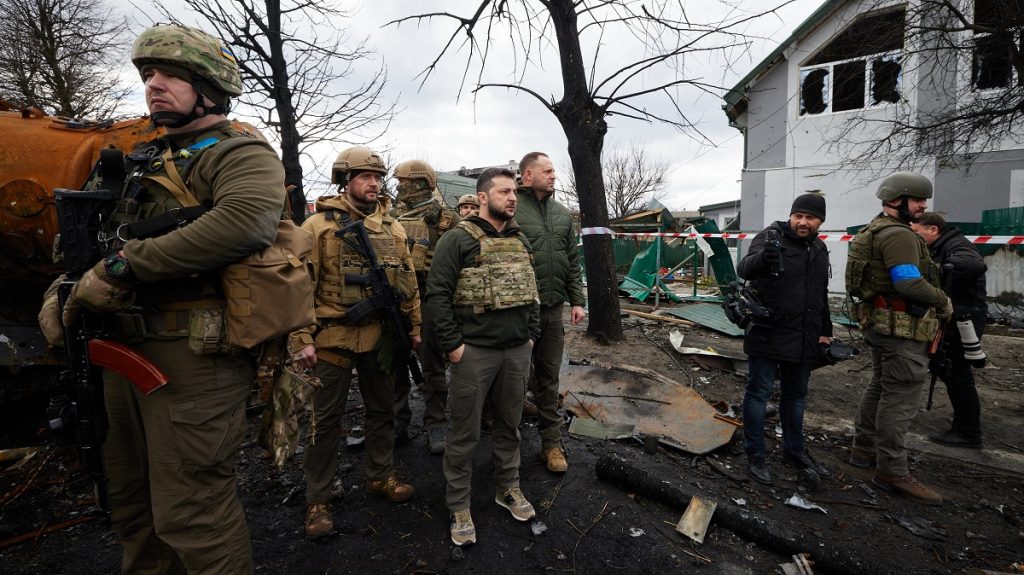
War is no longer confined to the front lines anymore Ukraine’s drones are proving it. In recent weeks, unmanned systems have reached industrial targets over a thousand kilometers inside Russia, while fierce ground battles rage for control of Pokrovsk in Donetsk. This dual-front approach of deep strikes and urban defense reshapes the strategic landscape.
These developments are not isolated incidents rather, they represent a deliberate Ukrainian campaign to disrupt Russia’s war economy, challenge its logistical networks, and blunt its battlefield momentum. From precision hits on oil infrastructure to innovative drone doctrines, Ukraine is leveraging technology and tactics that NATO observers are watching closely. Here are nine key shifts defining this phase of the conflict.
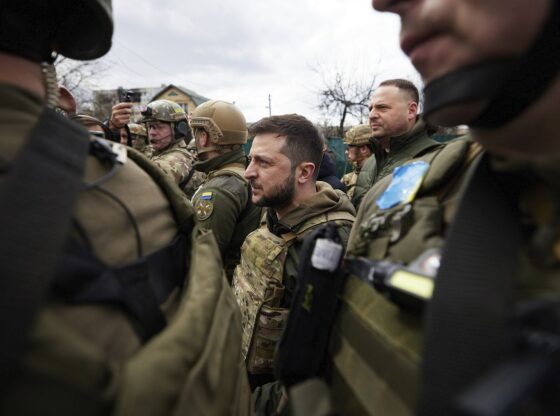
1. Deep Strikes into Russia’s Industrial Heartland
Drone attacks by Ukraine have reached as far away as the Sterlitamak Petrochemical Plant in Bashkortostan, a distance of more than 1,200 km from the border. Partial collapse of the water treatment section ensued from an explosion at this facility, which was producing rubber and aviation fuel. Russian officials said the drones had been intercepted, but the strike underlined the way Ukraine can reach deep beyond the battlefield. These operations aim to embarrass Moscow and force it to defend critical infrastructure across vast territory.

2. Targeting Russia’s Oil Sector for Strategic Impact
Lt. Gen. Vasyl Maliuk confirmed more than 160 successful attacks on Russian refineries and energy facilities this year, including 21 of 38 large refineries. The International Energy Agency estimates damage has cut 500,000 barrels per day of Russian crude processing, causing fuel shortages and price increases. President Zelensky said the campaign will get even more intense, calling refinery fires “the most effective sanctions.” The strikes aim to raise the cost of the war and pressure Russia’s economy while signaling Ukraine’s reach.
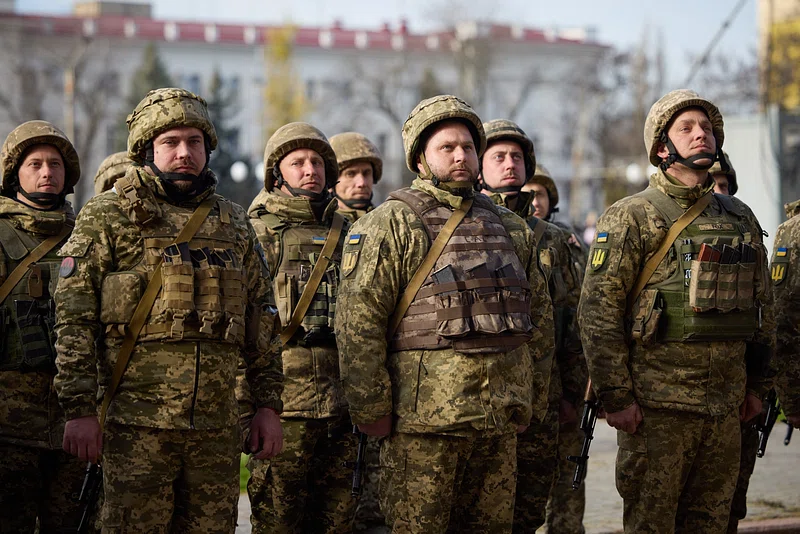
3. Pokrovsk: The Urban Stronghold Under Siege
Pokrovsk is a strategic logistics hub that has been contested for more than a year. Now, Russian forces operate in roughly 60% of the city, with infiltration into nearby Myrnohrad and Rodynske. According to the Institute for the Study of War, Russian troops are “operating with increasing comfort” inside Pokrovsk. Ukrainian commanders rule out encirclement, but admit heavy pressure, with Russian glide bombs and drones targeting supply lines. Control of Pokrovsk opens routes into Donetsk’s remaining fortress belt.
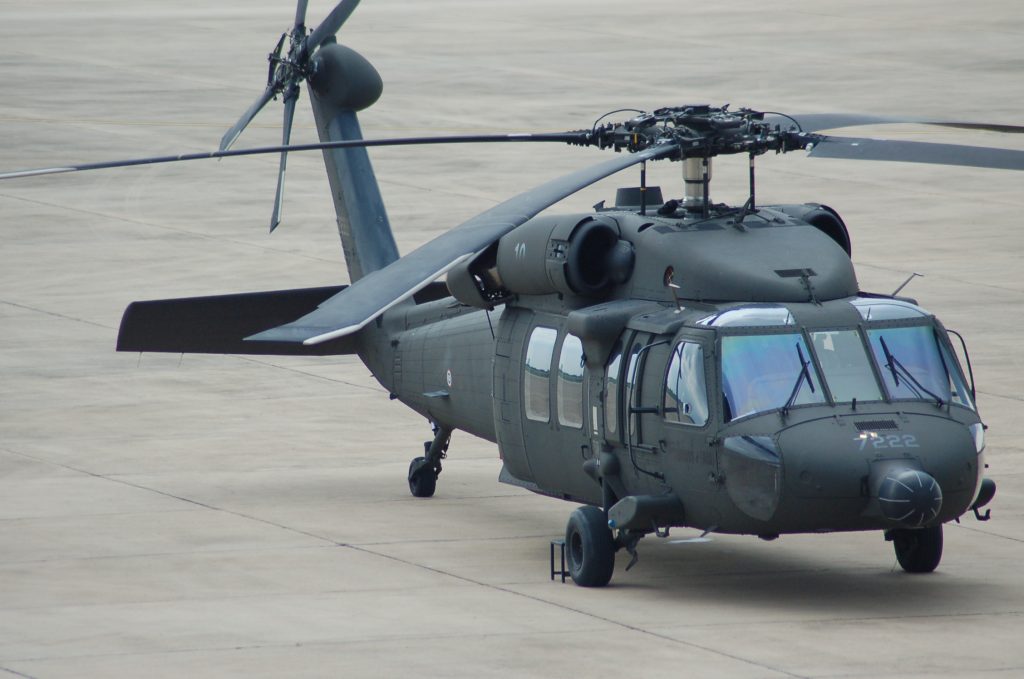
4. Ukrainian Heliborne Counterattacks
On October 31, Ukrainian Air Assault Forces conducted a heliborne operation west of Pokrovsk, using UH-60 Black Hawks to insert into contested areas. Intelligence sources reported these areas were key for logistics. Various Russian bloggers expressed skepticism over how Ukrainian helicopters could enter airspace “saturated with Russian drones” without suffering losses, which again questioned how strong Russia’s air defenses were around the sector. The operation showed Ukraine’s will to compete for territory with high-risk, high-reward moves.
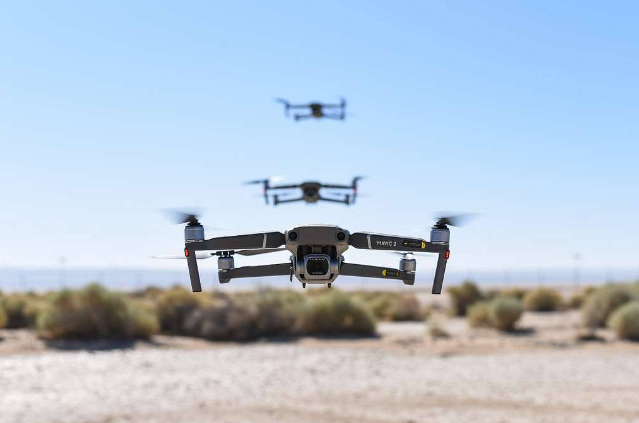
5. Weather and Drone Warfare Dynamics
Rain and fog have become tactical variables. Ukrainian officers say bad weather reduces the number of drone flights, and as few as 40-man Russian infiltration groups can sneak into Pokrovsk. In good weather, drones cut infiltrations below 10. Both sides contest higher elevations to expand drone overwatch onto lines of communication on the ground. The porous front line, along with near-constant drone threats, has forced deployment and engagement adaptations.
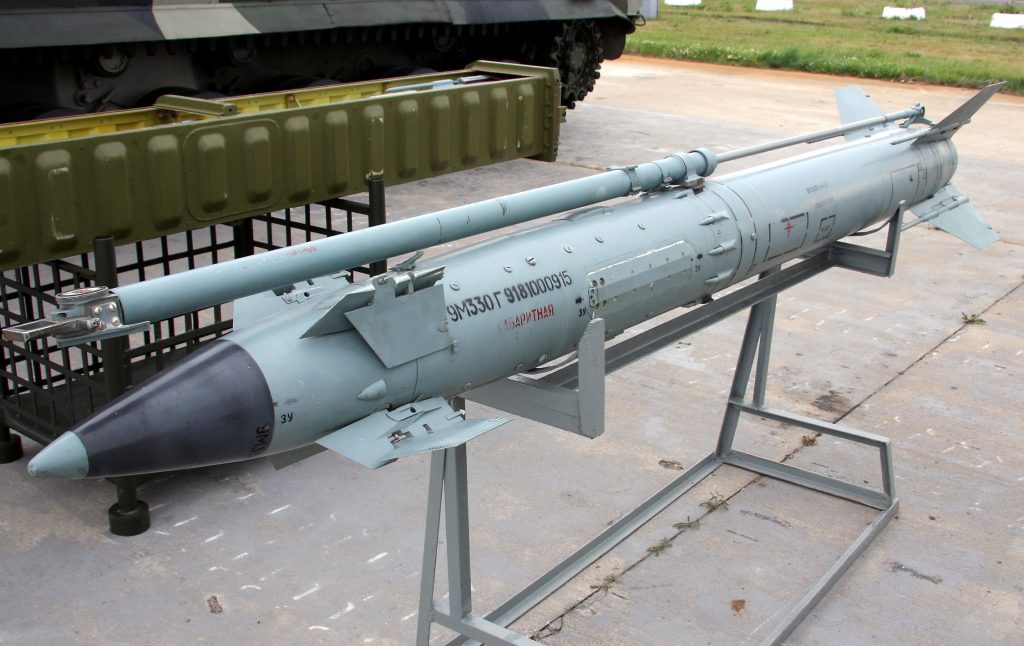
6. Rise of Interceptor Drone Production
Production of the quadcopter interceptors is being scaled up to 600-800 units per day by late November, with interceptors designed to ram and destroy incoming Shahed and Gerbera drones. At $3,000-$6,000 each, they are far cheaper than surface-to-air missiles. The Sternenko Foundation reported nine kills in one night using the Sting interceptor. Mass production could relieve pressure on air defenses against the now-common Russian tactic of overwhelming skies with mixed drone and missile salvos.
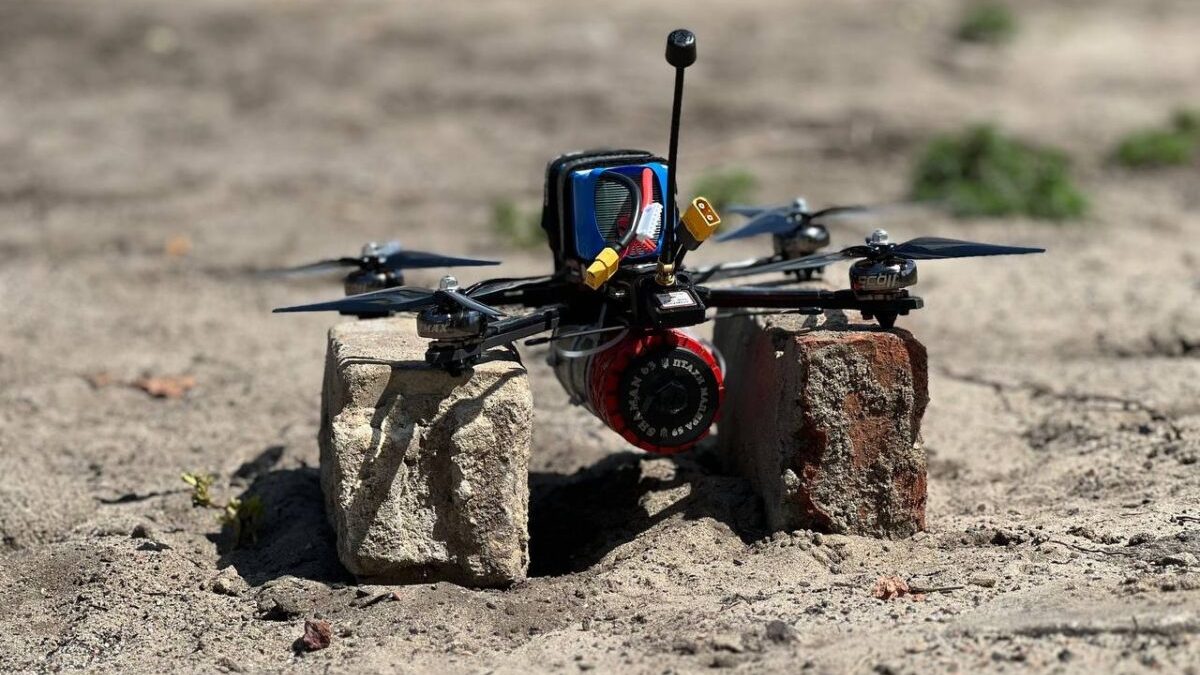
7. The ‘Grey Zone’ Doctrine
Analysts, such as Jack Watling, describe the Ukrainian battlefield as one divided into grey, middle, and deep zones. The grey zone, consisting of a lethal 15 km of UAV coverage, is traversed through bomber drones to lay mines and FPV drones for interdiction. Assaults then follow after the enemy units have been isolated in the middle zone, mostly led by uncrewed ground vehicles able to sustain continuous fire. This doctrine brings together air and ground robotics for offense, resupply, and fortification in a constant electronic war environment.
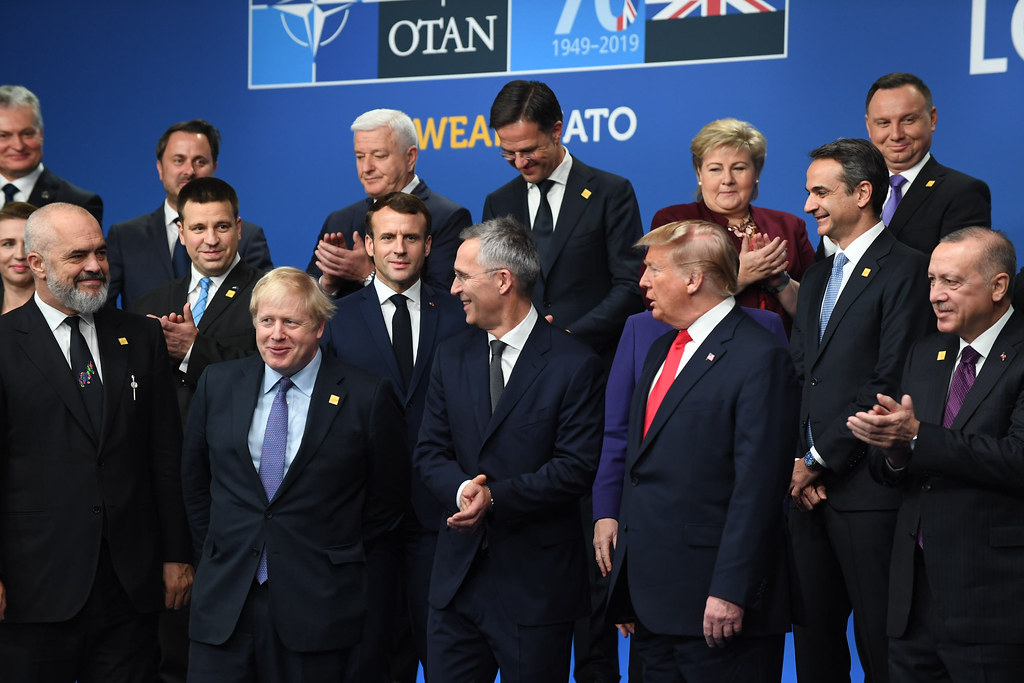
8. NATO’s Observations and Gaps
NATO officials are studying Ukraine’s human-robot command architecture, built under resource constraints and electronic attack. While alliance members plan to expand budgets by 2029, much funding still flows to established contractors rather than agile innovators. “We just go on buying big stuff that’s really the worse part,” said one participant in a GLOBSEC dialogue. Ukraine’s experience suggests smaller, more nimble combat teams and modular equipment for survival in drone-saturated battlefields.

9. Escalation Risks and Strategic Uncertainty
The Russian government warns that deep strikes are dangerously escalatory, yet downplays their impact. Experts are divided on whether Ukraine’s campaign can force a change in Moscow’s war policy without heavier payload systems like the Flamingo missile capable of carrying over 1,000 kg to ranges of 1,800 miles. Lt. Gen. Ben Hodges says Ukraine’s attacks could become strategically decisive, given improved long-range precision strike capability and continued Western support. But in a war increasingly fought outside the lines, Ukraine’s simultaneous deep-strike campaign and urban defense of Pokrovsk present a fascinating duality.
The use of drones-from intercepting enemy UAVs to delivering supplies under fire-across every layer of combat is fundamentally rewriting the rules of modern warfare. Whether the tactics can deliver a strategic breakthrough will depend on which side can sustain tempo and expand capabilities with sufficient external support-a factor that will determine not only Ukraine’s future but the doctrines of militaries worldwide.


